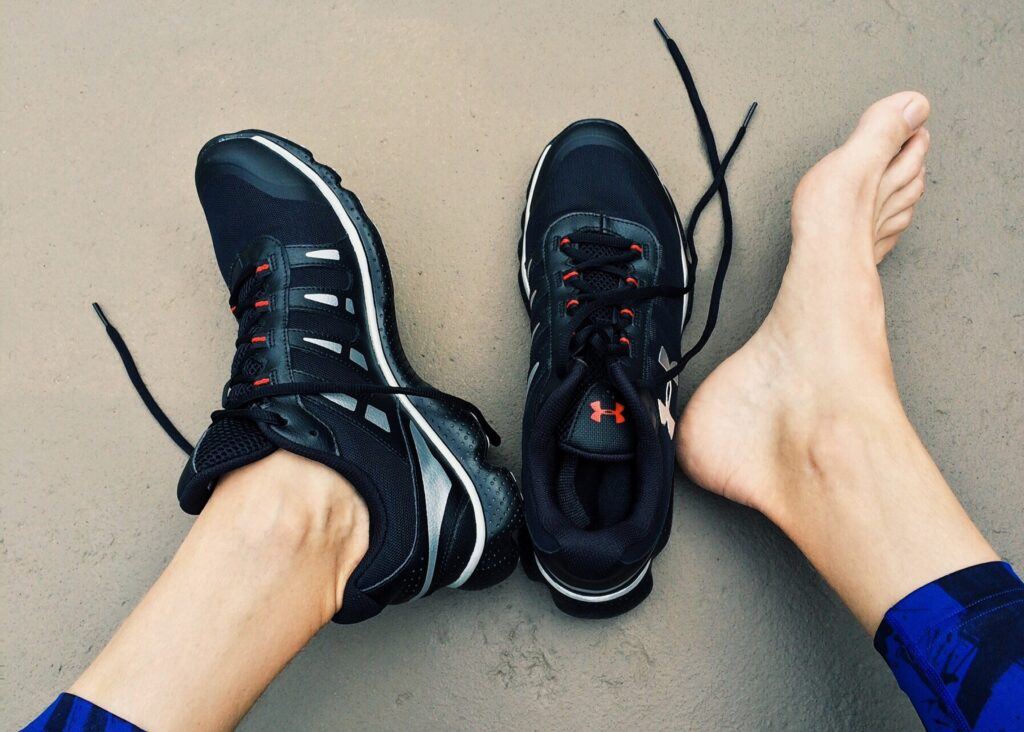Care for your feet
1
Learn. Our experts have made it easy to find the information you need to treat your feet.
2
Practice. Use the advice, tips, and skills from Crossover to guide you to better health
3
Let us help. Your Crossover care team is ready to start a conversation whenever you are.
Expert Guidance Along the Way
-
Janelle Joyce, PT, DPTPhysical TherapistJanelle is a Doctor of Physical Therapy and earned her Bachelor’s degree from Central Michigan University. She was first introduced to Physical Therapy when growing up as a gymnast with an undiagnosed connective tissue disorder which meant that Janelle got injured on a fairly regular basis. She now enjoys helping others heal.
-
Ashley Munk, DPTPhysical TherapistAshley earned her BS in Education from Baylor University, and Doctor of Physical Therapy from Texas Woman’s University. She completed two orthopedic rotations in physical therapy school, and completed additional training in the treatment of dizziness, vertigo, concussion, and balance/gait deficits.
-
Tyson Matsumoto, PT, DPTPhysical TherapistTyson has always been fascinated by the inner workings of the body. He majored in Biology with a concentration in Neuroscience at Williams College in Massachusetts, then received his Doctorate in Physical Therapy from the University of Southern California. Tyson is also a certified Orthopedic Specialist.




 Your feet affect how you walk. As your foot strikes the ground, forces travel up the leg to the knee, hip, and low back. If you have an issue with your foot that changes the way it moves, it will also change the way the force travels up the leg. You might also change the way you walk to allow your foot to move in a different way. For example, if your ankle is tight or injured, you might walk with your leg rotated outwards to allow it to move forward.
Your feet affect how you walk. As your foot strikes the ground, forces travel up the leg to the knee, hip, and low back. If you have an issue with your foot that changes the way it moves, it will also change the way the force travels up the leg. You might also change the way you walk to allow your foot to move in a different way. For example, if your ankle is tight or injured, you might walk with your leg rotated outwards to allow it to move forward.